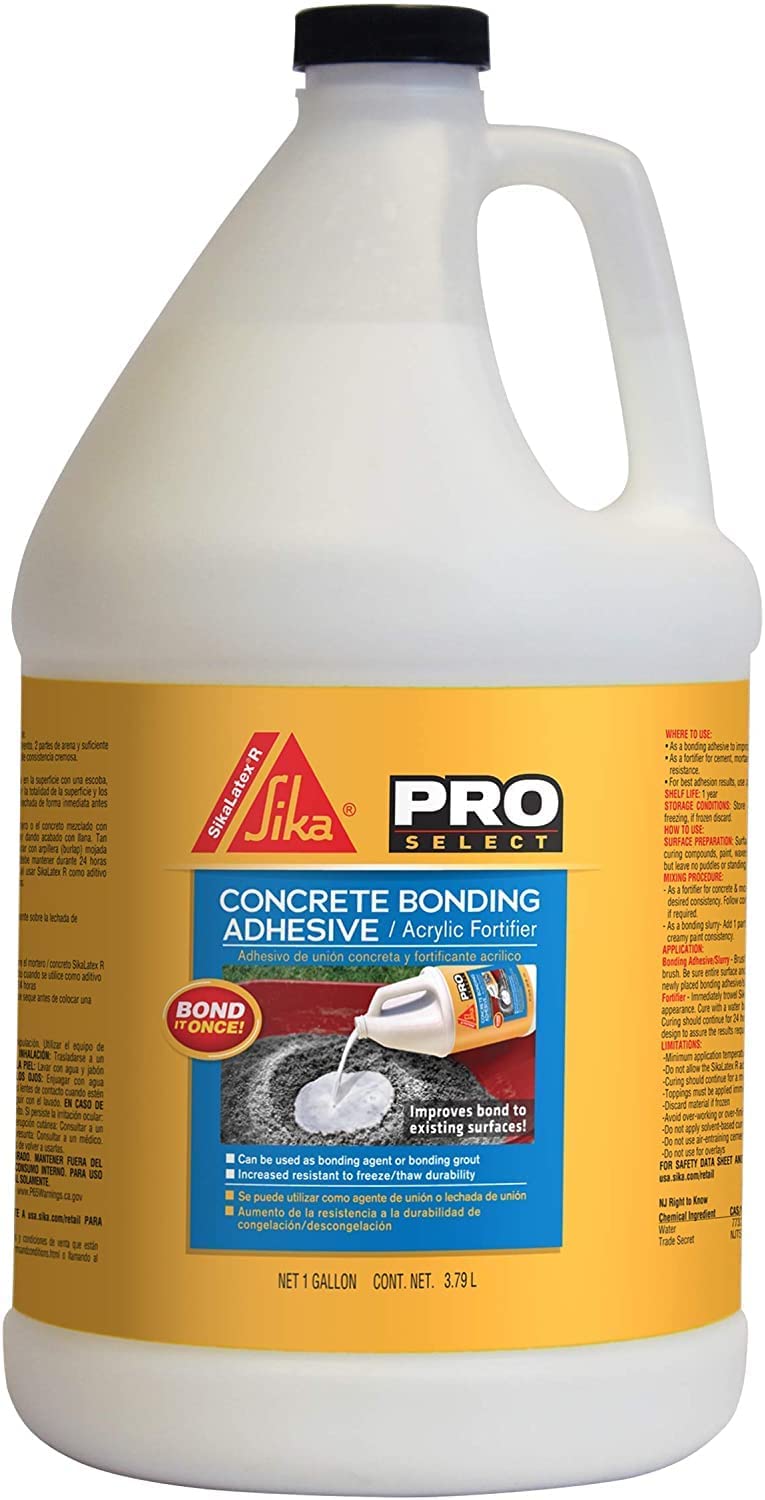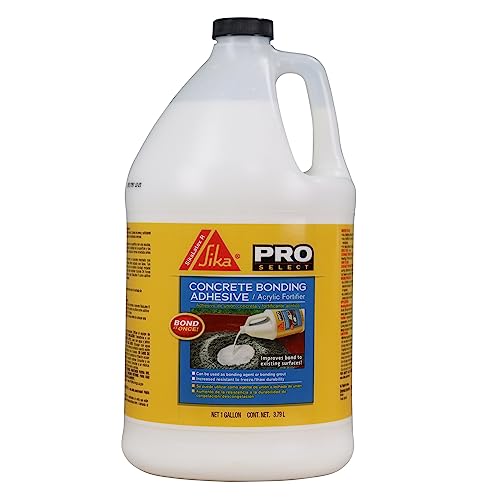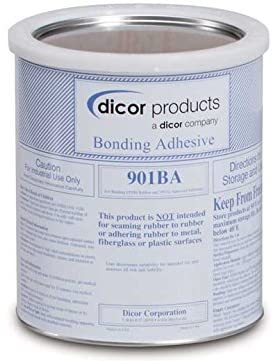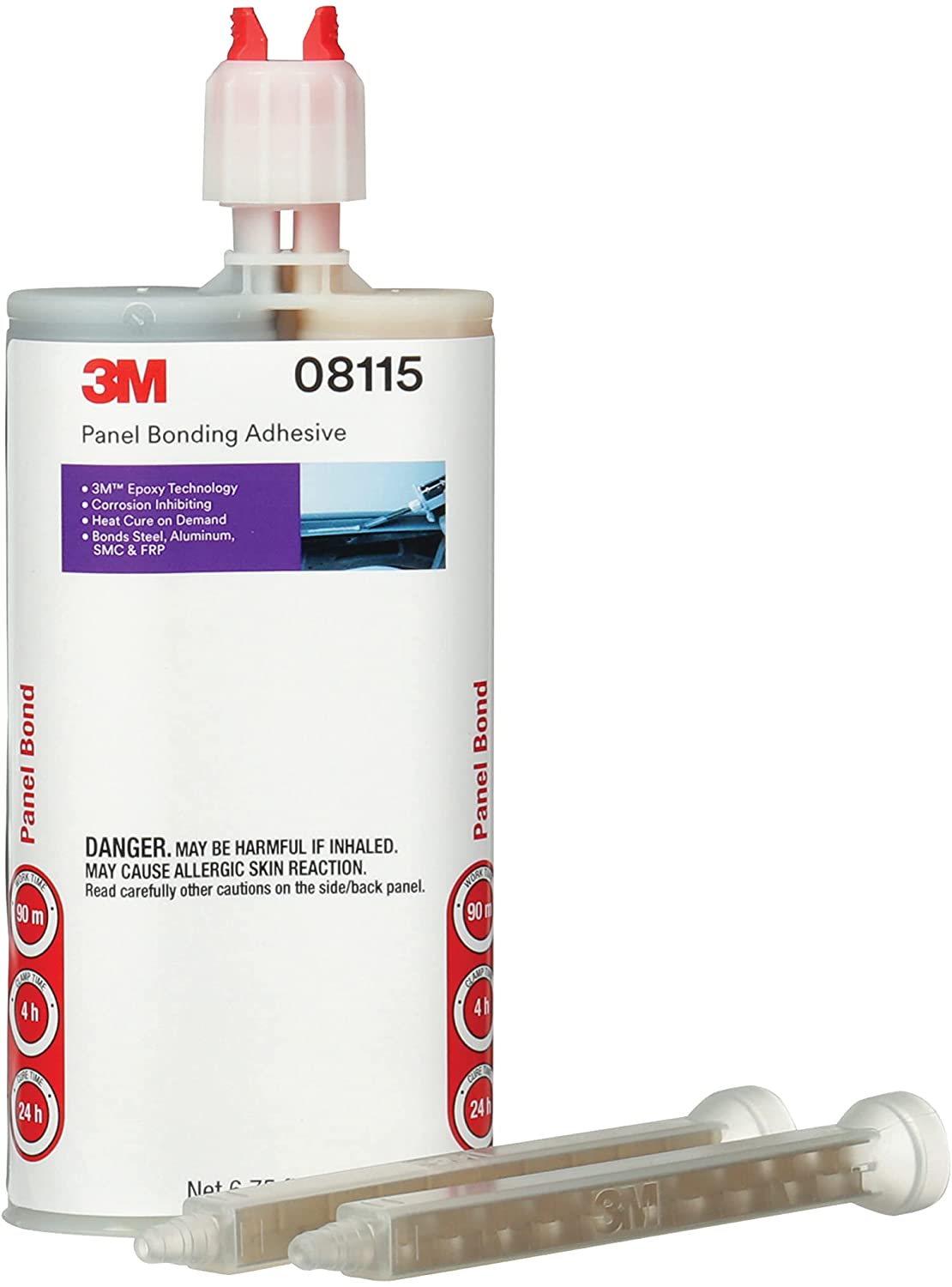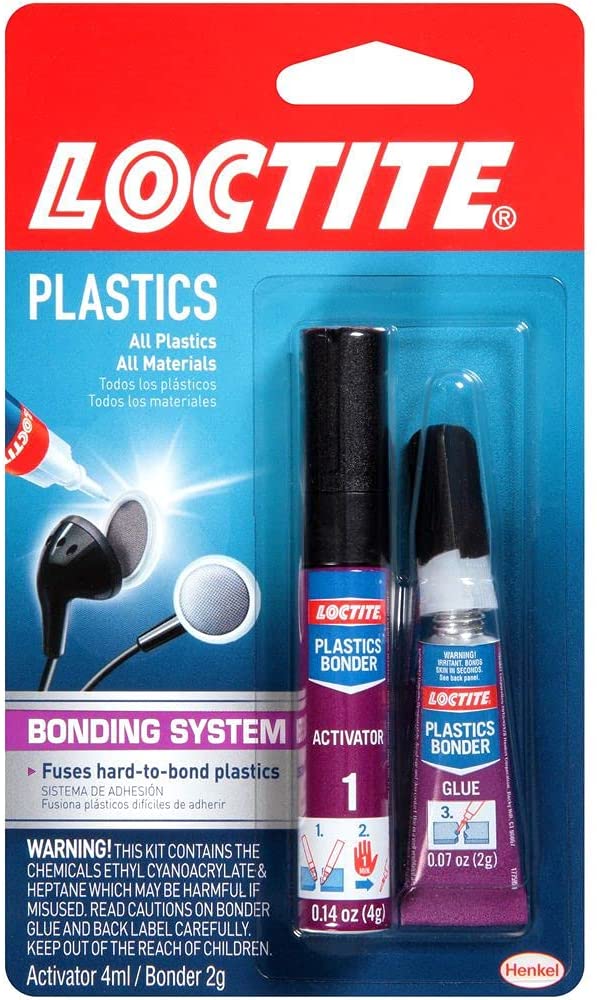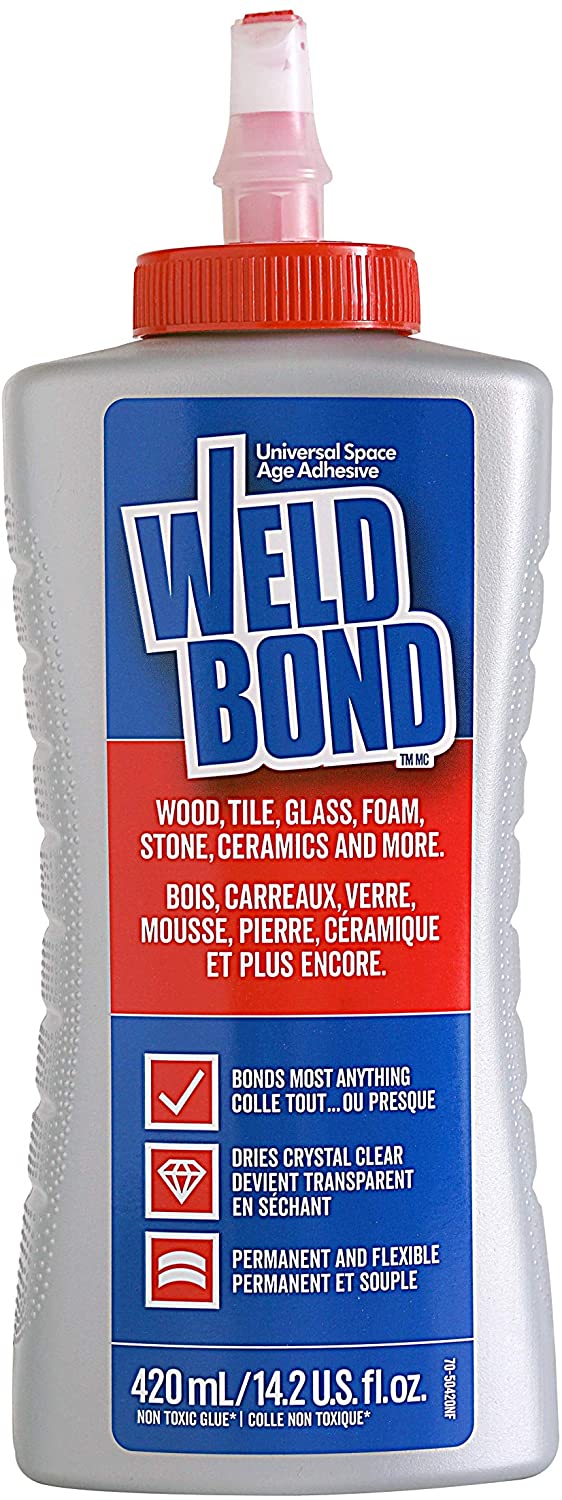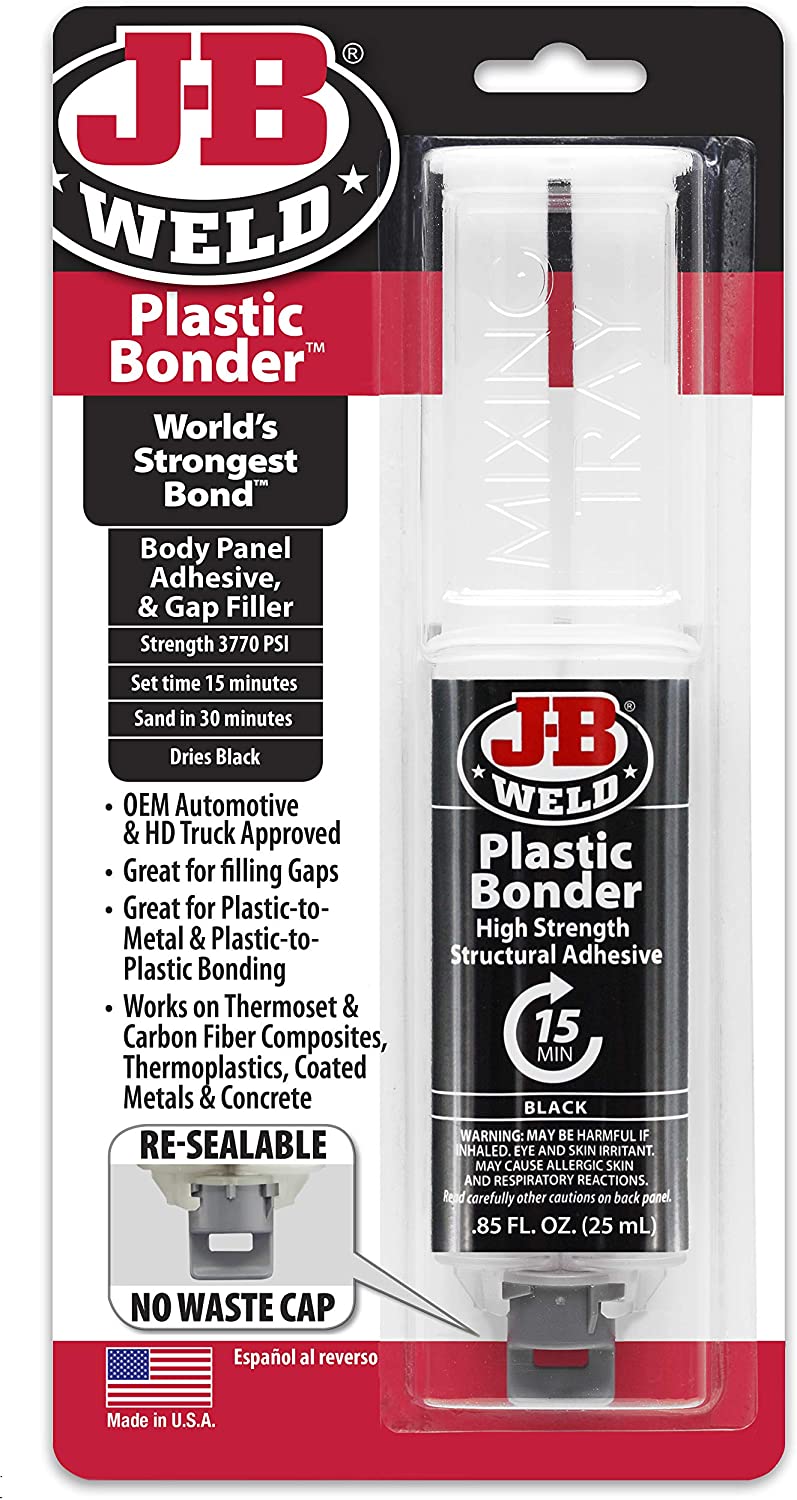Sika 187782 R Concrete Compatible Latex Bonding Adhesive
Last updated: August 21, 2023
For patching old concrete, this bonding adhesive and fortifier will help bond your new concrete to what’s already there. You can also mix this with sand and cement to create bonding grout. It doesn’t produce a vapor barrier when mixed with other products, making it a great alternative to other bonding agents.
We looked at the top Bonding Agents & Adhesives and dug through the reviews from some of the most popular review sites. Through this analysis, we've determined the best Bonding Agent & Adhesive you should buy.
Product Details
Key Takeaway: This concrete bonding adhesive is ideal for repairs to outdoor spaces like pools and driveways.
In our analysis, the Sika Sika 187782 R Concrete Compatible Latex Bonding Adhesive placed 1st when we looked at the top 6 products in the category. For the full ranking, see below.
From The Manufacturer
2 in 1 Product : Latex bonding agent and admixture for mortar and concrete. A non-reemulsifiable bonding adhesive and fortifier. Improves the bond between old concrete and new concrete and as a fortifier, improves strength, adhesion, and durability. Admixture (replacing water) used in cement based products to improve adhesion, get a surface with higher density, and improve overall performance. As a bonding grout (prime coat) when mixed with sand and portland cement. PERFORMANCE : Increased adhesive strength of mortar/concrete when used as a bonding grout. Does not produce a vapor barrier. DURABILITY: Increased resistance to freeze/thaw resistant.
